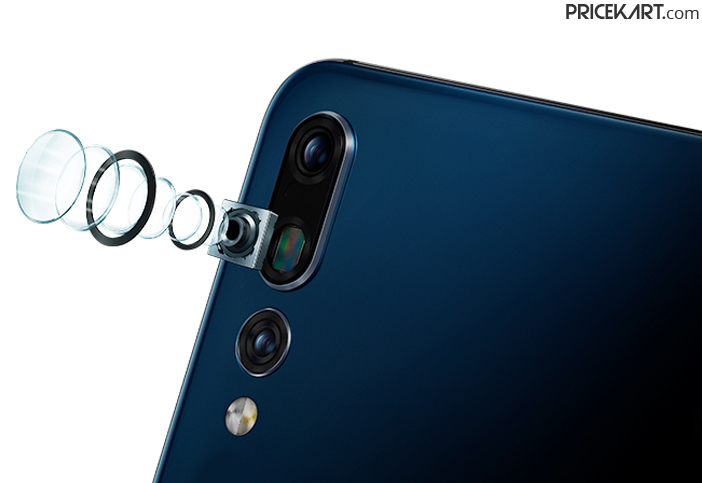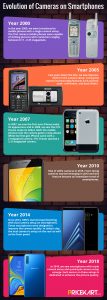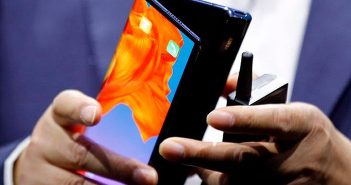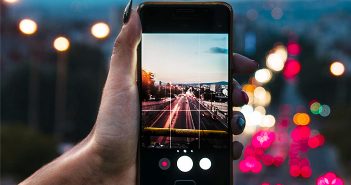2018 has been an eventful year for smartphones. We saw a lot of smartphones enter the market with competitive features and price tags. One interesting trend that we witnessed on almost all the latest smartphones that launched this year were the number of cameras they came with. In 2017, we saw the trend for dual camera smartphones set in. However, this wasn’t enough! This year marked the launch of triple camera and quadruple camera smartphones. And, if the rumours are to be believed, the numbers of cameras on smartphones are only going to increase. According to a recent report by Forbes, LG is working on a 16 camera smartphone that can capture moving images. But, do we really need that many cameras? Is the future of smartphones multiple number of cameras?
From a single camera, we currently have smartphones with quadruple cameras as well as dual front camera mobile phones. Let’s take a brief look at how this evolution took place:
Take a look at our Infographic on evolution of smartphone cameras. (click on the image to view it in full size)
- In the year 2000, we were introduced to mobile phones with a single camera setup. The first camera mobile phones were capable of clicking pictures with resolution ranging between 0.11 – 0.35 megapixels.
- Few years down the line, we saw improvements in the camera setup. Companies started incorporating features such as flash, zoom, self-timers, and basic filters.
- In 2007, we saw the first ever iPhone make its appearance and in 2008, we saw the HTC Dream make its debut. Both the mobile phones took the camera game a step ahead. While the first gen iPhone came with a 2-megapixel camera, HTC Dream sported a 3.15-megapixel camera.
- Rise of selfie cameras in 2010. Front facing cameras started emerging in 2010 and this feature became an immediate trend of smartphones.
Fun Fact: The first ever front facing camera seen on a mobile phone was in 2003 on the Sony Ericsson Z1010. But, the actual trend for front facing cameras on smartphones started in 2010.
- Since 2014, OEM’s started experimenting with dual camera setup on smartphones. In today’s day, the dual camera is setup on the rear as well as the front panel.
- In 2018, we saw smartphones with triple camera setup and quadruple camera setup emerge. Each sensor on these setups is dedicated to enhance the picture quality.
So, what is the future of smartphones? Do we need more cameras than we already have?
What Does A Dual Camera Setup Do?
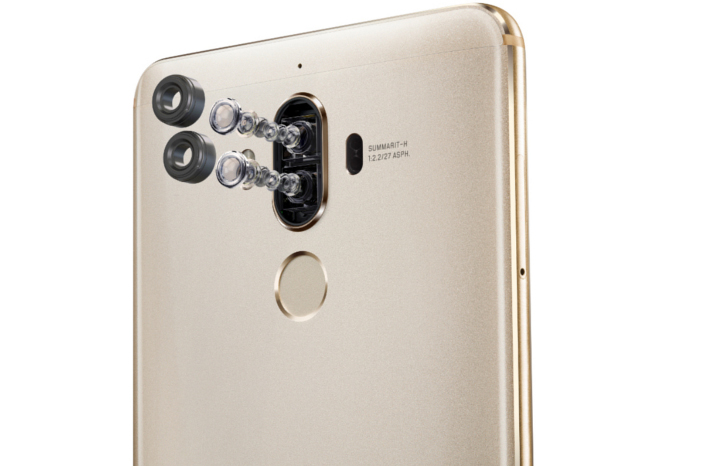
As the name says it all, a dual camera setup is the inclusion of two camera sensors on a smartphone. Each sensor is dedicated to perform a different task to result in high-quality images. However, did you know that there are different types of dual cameras on smartphones? Well, take a look!
| Type of Dual Camera | Role of Primary Sensor | Role of Secondary Sensor | Overall Performance |
| Depth Sensor Camera | Captures the three-dimensional effect of the picture | The sensor can change the depth of field or the focus point of the image that is captured | Both these lenses, capture images with blurred background |
| Monochrome Sensor Camera | Dedicated for capturing shots in colour | Captures a shot in black and white | Together, these sensors capture sharp and bright pictures |
| Wide-Angle Camera | Designed to capture broader views such as landscapes | Designed to capture portrait shots with unique perspectives | Best type of dual camera for capturing landscape, portrait and fish-eye photography |
| Telephoto Camera | Clicks pictures with background blur | Allows you to zoom in your subject to capture perfect portrait shots | Best for taking pictures that require ‘zooming in’ on the subject |
The Purpose of Triple Cameras
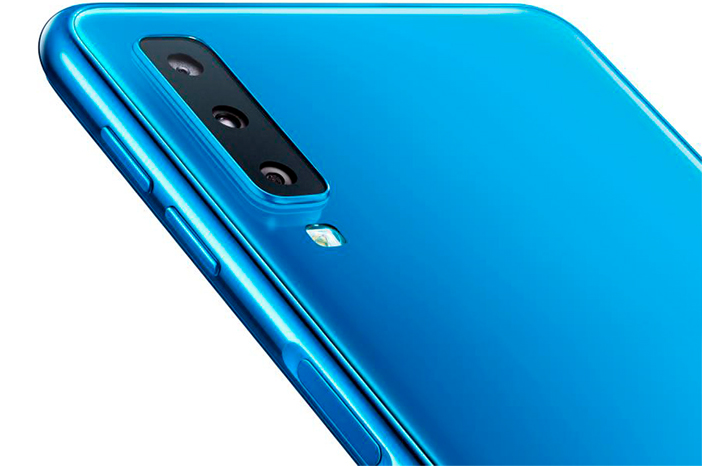
If dual cameras were doing all the work, then why did smartphone companies include an additional camera? The answer to that is flexibility. Dual cameras only offer a limited number of functions. You can either have a wide-angle camera or a wide-angle camera. On the other hand, triple camera mobiles phones offer you both these functionalities. These cameras filled in the gap that were missing on dual cameras.
Currently, there are a limited number of smartphones with triple camera setup. Let’s take a look at what they offer:
| Triple Camera Smartphone | Primary Sensor | Secondary Sensor | Third Sensor | Overall Performance |
| Huawei P20 Pro | 40MP sensor with 3x and 5x zoom | 8MP telephoto camera with 3x zoom | 20MP monochrome sensor for low-light photography | Great for low-light photography and zooming. |
| LG V40 | 12MP primary sensor | 12MP telephoto camera with 2x zoom | 16MP super wide-angle sensor | Amazing for capturing different perspectives |
| Huawei Mate 20 Pro | 40MP wide-angle sensor | 8MP telephoto lens with 3x zoom | 20MP ultra-wide angle sensor | Perfect for low-light photography & capturing different perspectives |
Then, Why A Quadruple Camera Setup?
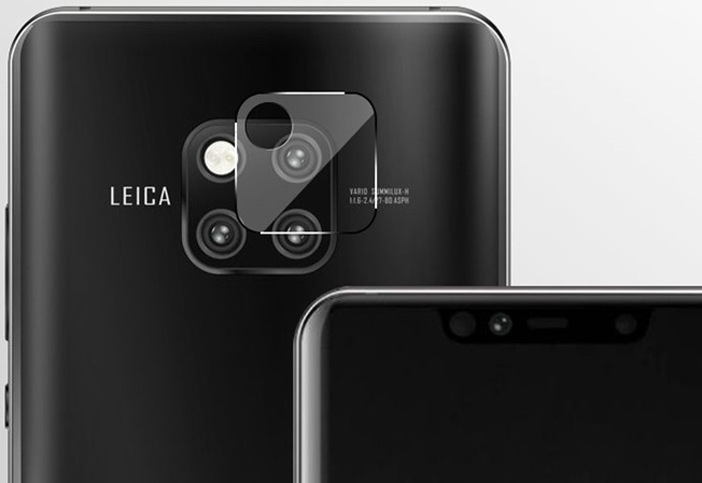
Samsung is the only company that has launched a smartphone with a quadruple camera setup as of now. Last month, Samsung launched the Galaxy A9 (2018) smartphone, which is the world’s first smartphone with a quadruple camera setup. Along with all the other sensors seen on a triple camera setup, Samsung added a fourth camera. Here is how the camera setup on this latest Samsung smartphone works:
- Primary Camera: A 24MP sensor which is perfect for all point-and-shoot needs & low-light photography.
- Depth Sensor: A 5MP depth sensor for adding depth to a picture and creating a blur background with Bokeh effect.
- Telephoto Lens: A 10MP telephoto sensor with 2x optical zoom for capturing impressive zoomed shots.
- Ultra-Angle Sensor: An 8MP ultra-wide sensor with 120-degree field of view for allowing a larger frame while capturing pictures.
Over here, Samsung has added a depth sensor, usually not seen on triple camera smartphones. Then again, triple cameras come with telephoto lens and super-wide sensors that add depth to a photograph. So, the idea of adding a fourth camera is not wholly justified by Samsung. But, it is a little too soon to judge the benefit of a quadruple camera setup.
Should the Future of Smartphones Include More Cameras?
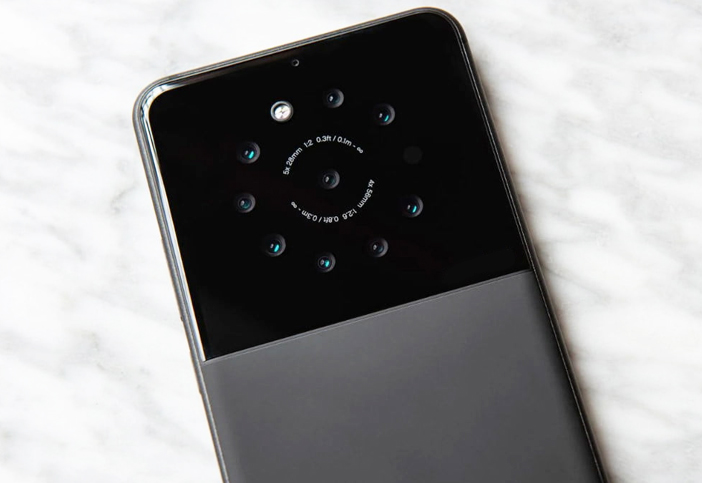
In all honesty, it is safe to admit that smartphone cameras have come a pretty long way. Smartphone cameras have become efficient to perfectly serve all our photography needs. Moreover, these cameras have improved in performance and image quality. A report by DxOMark in early 2018 shows how smartphone cameras have enhanced in terms of megapixels, zoom, autofocus, depth sensing and much more.

A graph by DxOMark showing how smartphone cameras have improved in terms of photo and video quality since 2012
The graph above shows us that adding new technologies and more cameras has taken smartphone photography to a whole new level. But, the future of smartphones does not just mean adding more cameras, right? This whole craze of adding more and more cameras has to eventually stop. The future of smartphones is not just cameras.
Smartphone companies started adding dual and triple cameras to improve the basic camera system. The inclusion of these lenses has brought new features like ultra-wide shots, portrait shots, low-light photography, high resolution zoom, etc. This is where the number of cameras should have stopped. A triple camera setup with the right software is sufficient to capture crisp and perfect shots for now (we can never be too sure about how technology evolves in the next decade or so).
Is There Sufficient Space?
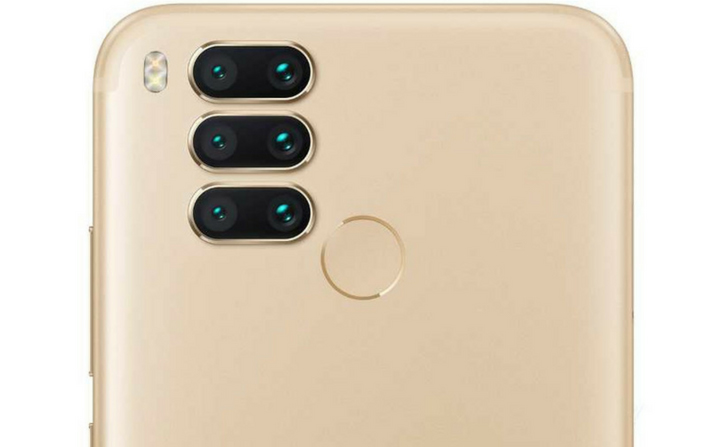
Another striking question is – is there enough space to add more cameras? The bigger the camera sensors are, the more light they capture while clicking a shot. So, if the numbers of cameras increase, the size of the sensors will decrease. And not to add, more camera sensors will lead to omitting other smartphone sensors and will give an odd look to the smartphone. Imagine a smartphone with 16 camera sensors, it is bound to look odd!
Keeping everything in mind, our conclusion is that a dual or triple camera smartphone is all you need right now. These cameras are designed to handle all your photography needs. The future of smartphones is not more number of camereas. Instead of more cameras, focus on these smartphone camera features:
- Megapixels – More the merrier
- Zoom – Zooming capabilities of the telephoto lens
- Aperture – A wide aperture ensures impressive shots
- Autofocus – Automatically recognizes and adjusts the focus for sharp and clear images
- OIS – To reduce the ‘blur’ while capturing a picture with motion
- HDR– For capturing pictures in low-light areas

